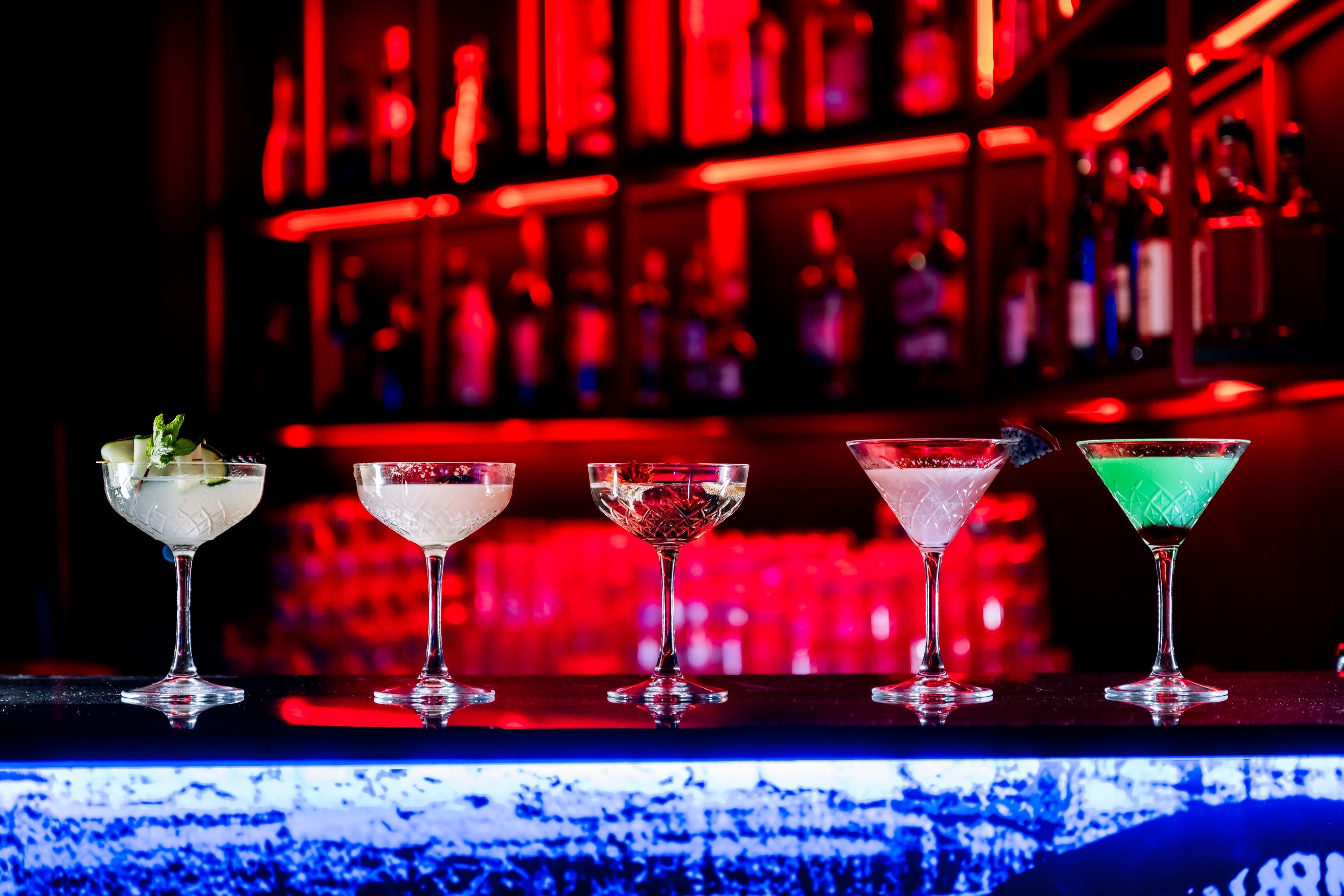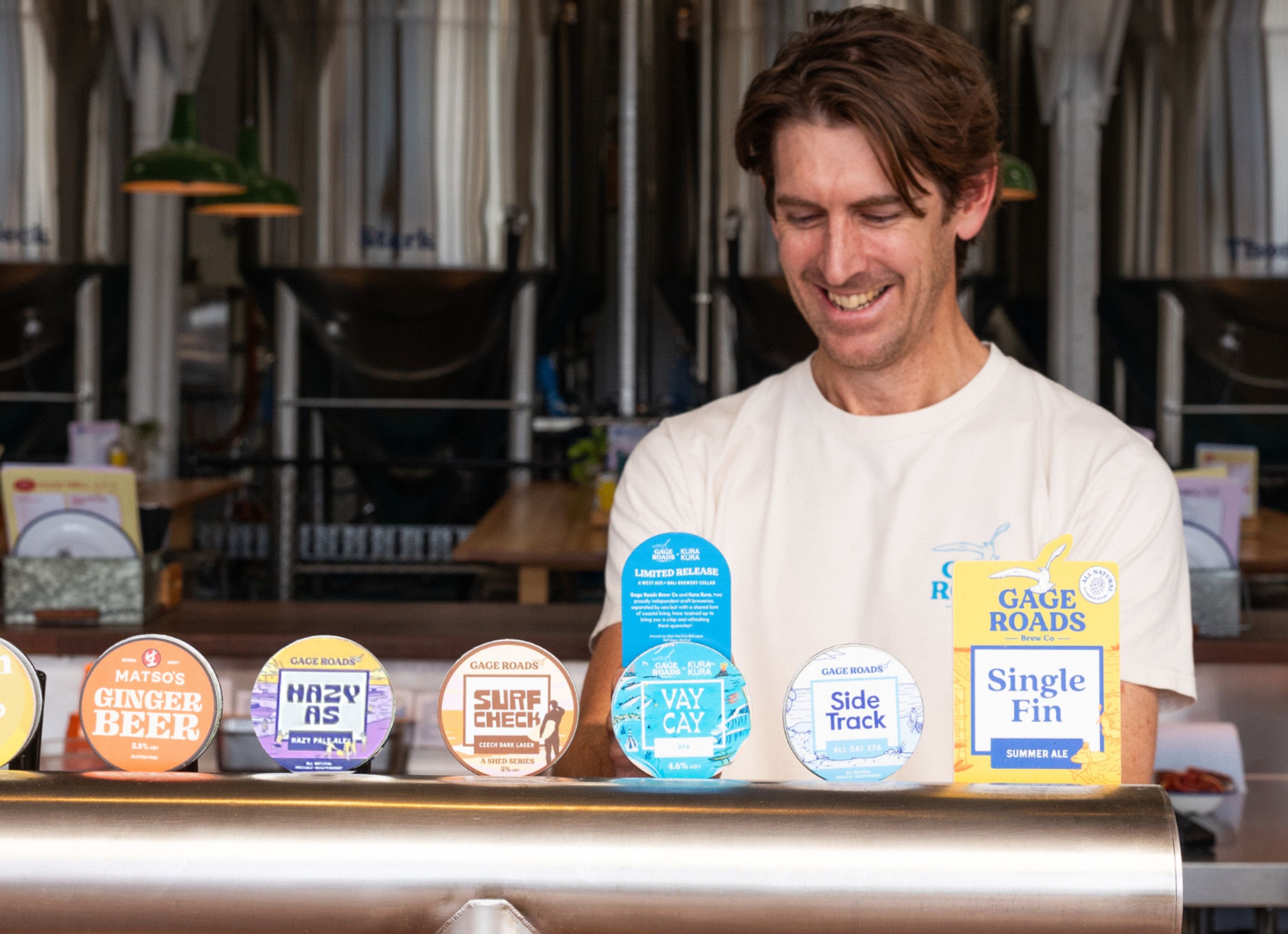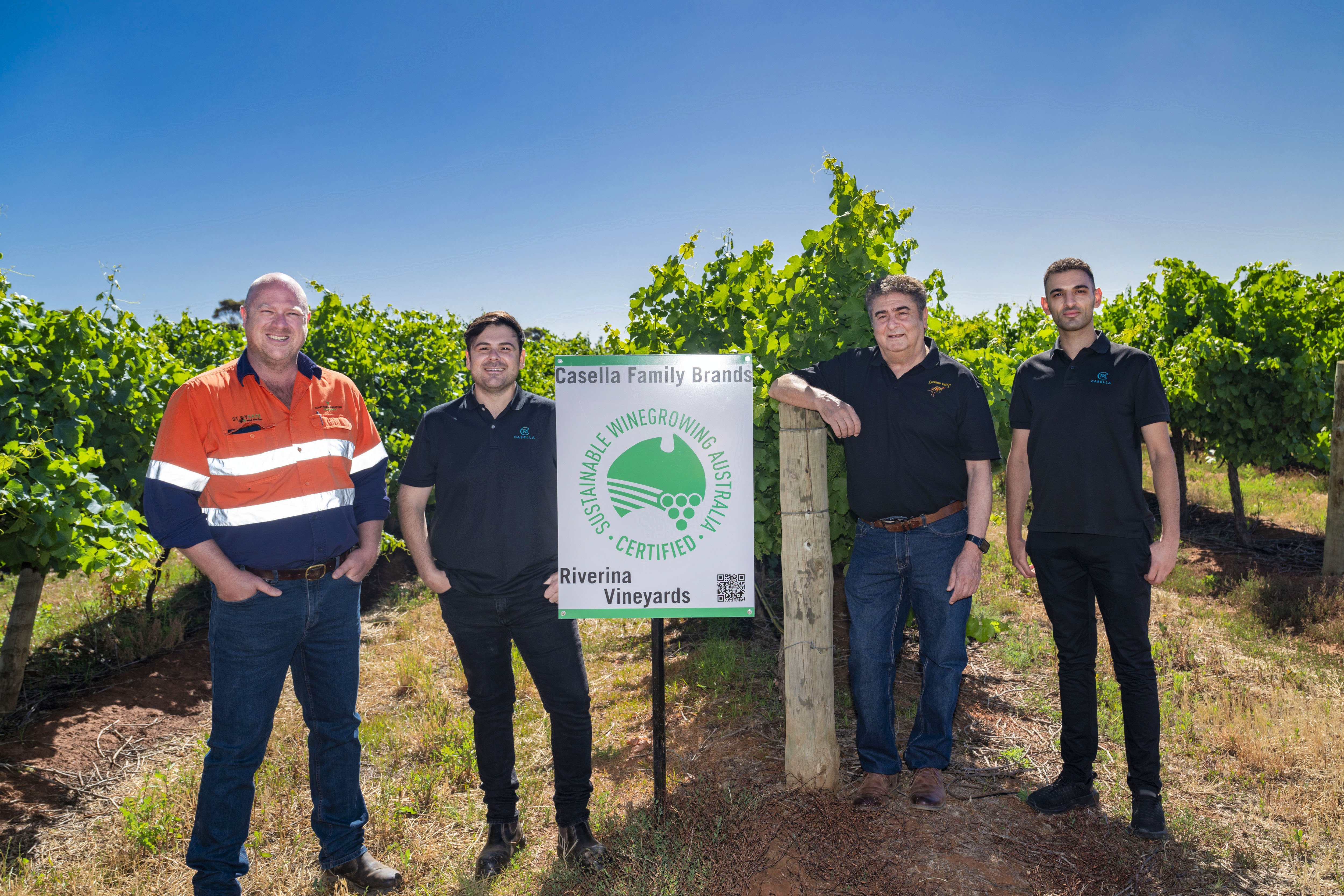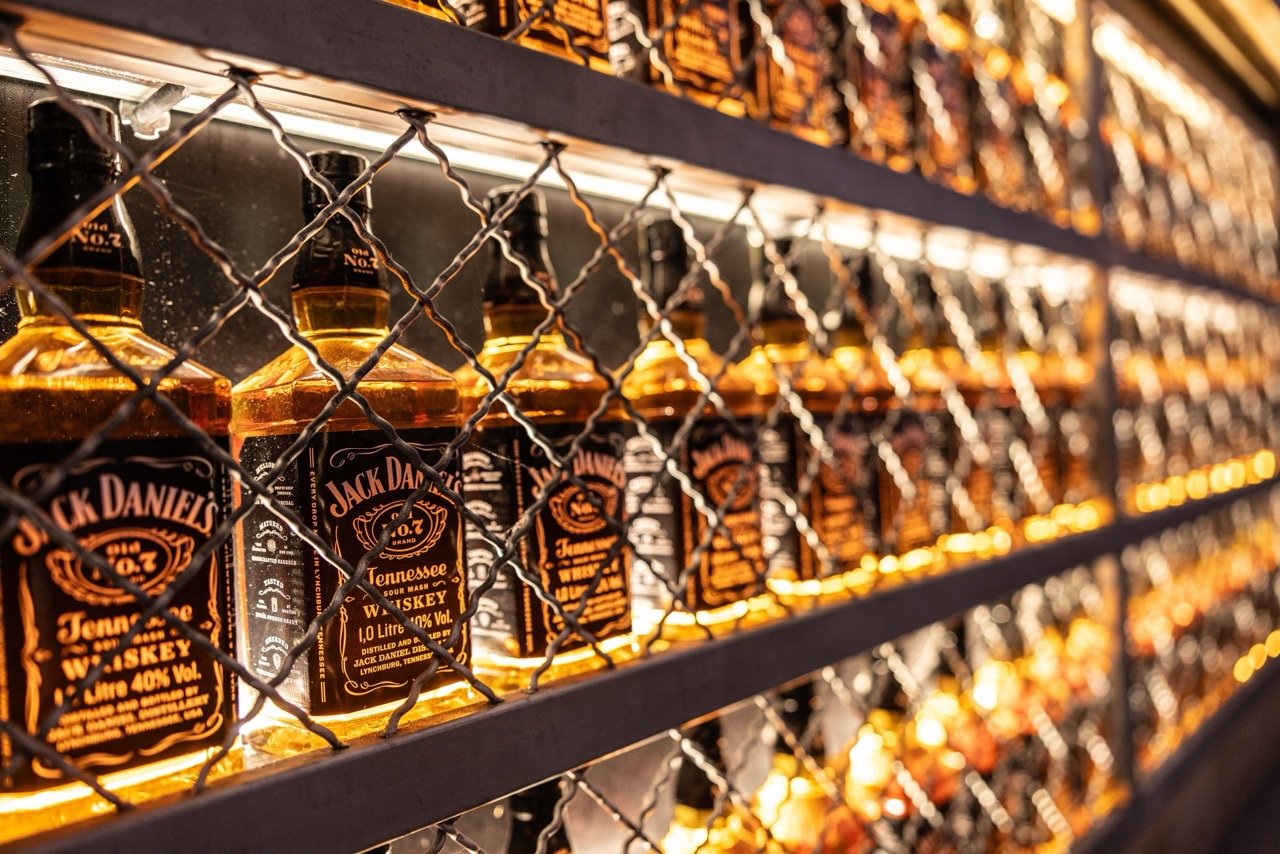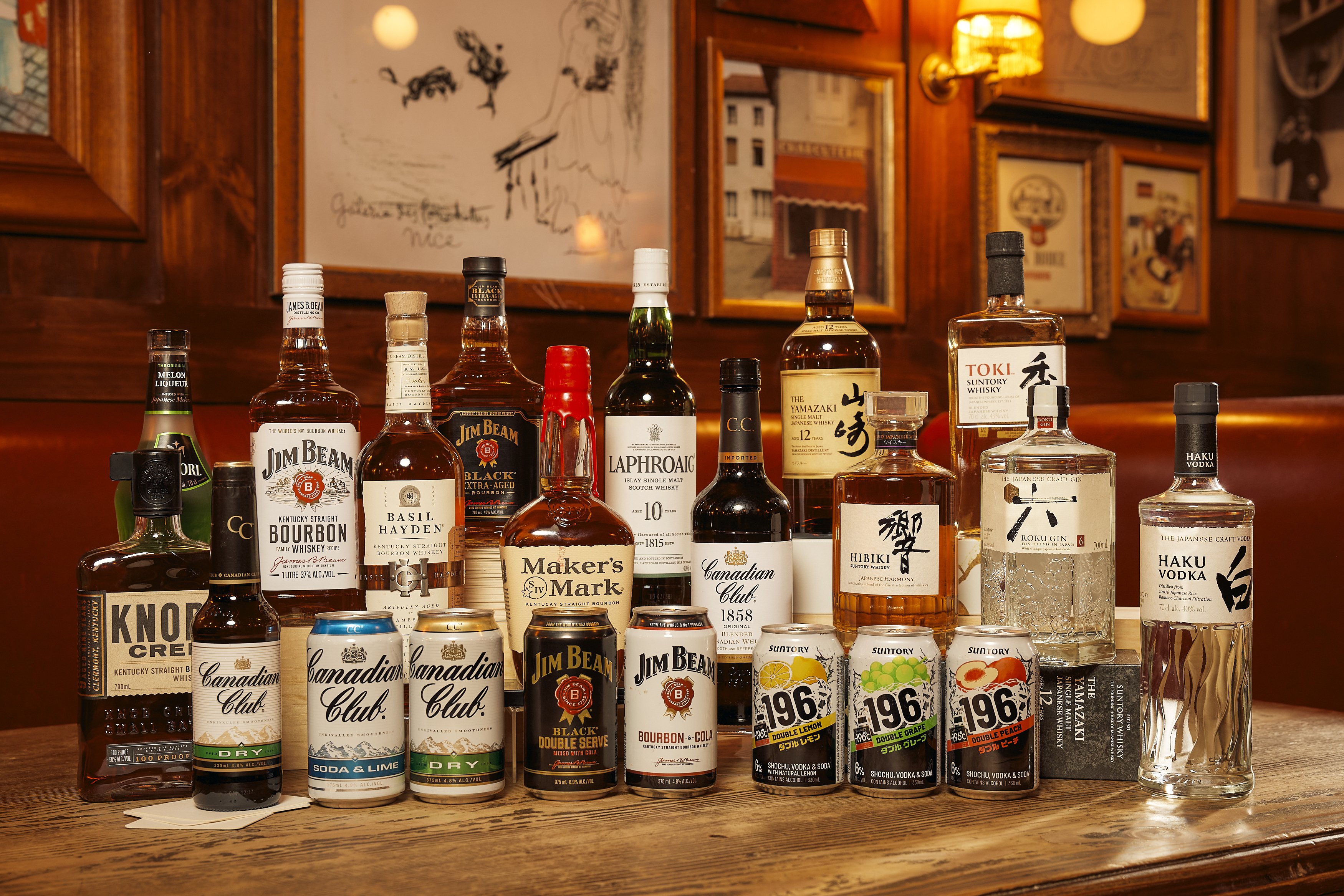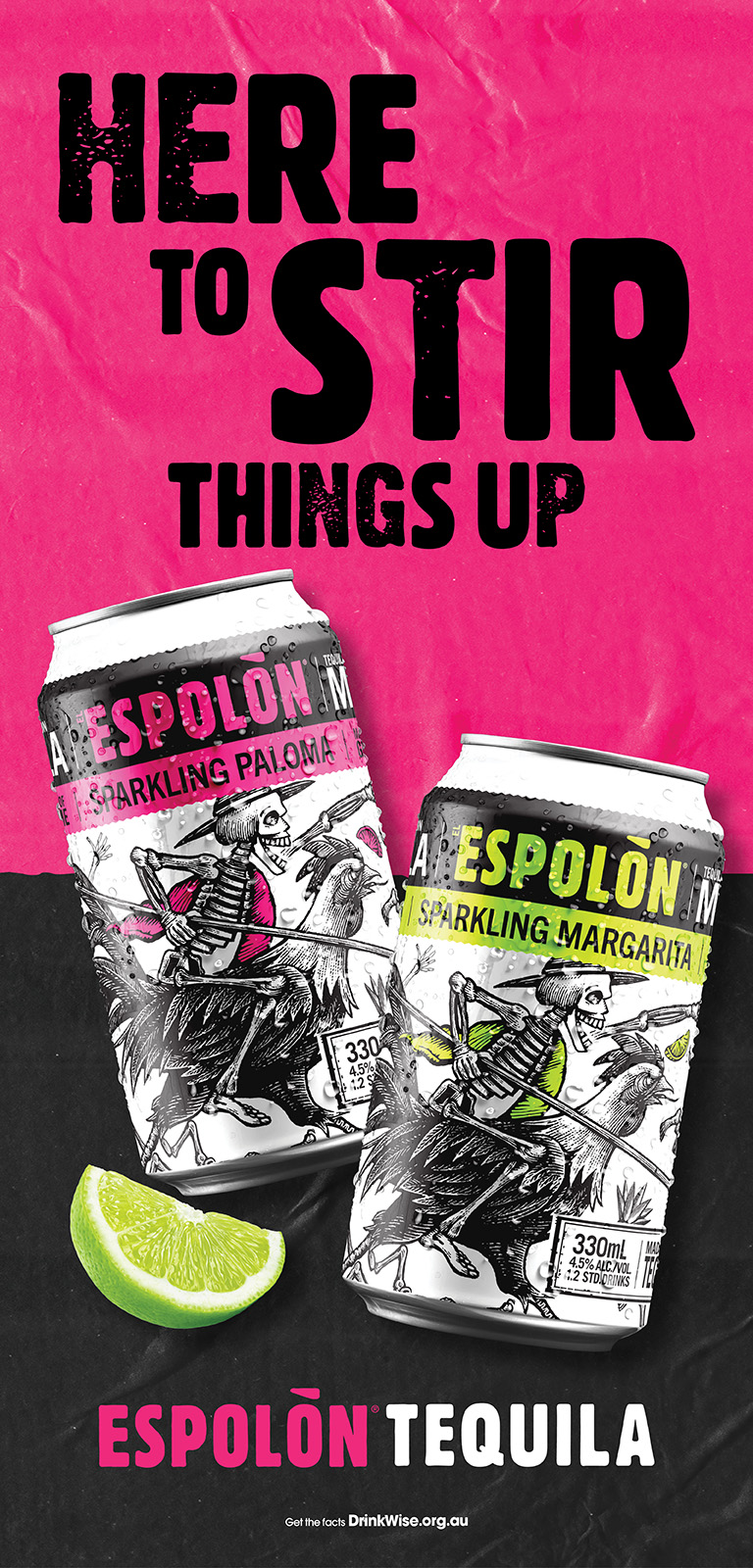Recent IWSR analysis forecasts that the global liquor industry will start to experience moderate recovery from next year, with India, China, and the US expected to bring in an incremental growth of over AUD $45 billion by 2028. This will provide much needed respite for a struggling global industry and follows on from challenging trading conditions that will continue throughout the remainder of the year.
Despite this, IWSR’s COO of Research and Operations Emily Neill warns that the growth, which will largely be driven by sales in developing markets, might present challenges for drinks businesses that aren’t able to adapt to the changing market landscape.
“The ongoing shift in the total beverage alcohol growth axis, with gains now coming increasingly from developing markets, entails a greater exposure to business risk,” she said.
“Companies need to reorientate their global strategies to target new growth opportunities… Expansion across categories as well as geographic footprint will be increasingly important.”
A lot of Australia’s recent discussion around export markets has been focused around China, especially in lieu of the recent lifting of tariffs on Australian wine imports. Despite this, the landscape of alcohol consumption within China has changed drastically: “people are drinking wine with a totally different purpose and surroundings,” said Co-Partner of Waiju China Dan Siebers during a Vinexpo Asia panel discussion.
More insight into Australia’s re-entry into China can be viewed in recent interviews with CEO of Wine Australia Martin Cole and leading Australian wine critic Jeremy Oliver.
By category, the forecasted growth of global liquor up to 2028 is more or less reflective of current trends. This includes continued growth patterns across RTD, Agave, and NoLo, continued difficult market conditions for wine, and the expected overall steadiness of beer.
While the global wine sector is expected to decline in volume at a CAGR of -1% up to 2028, total value is expected to remain unchanged. IWSR largely attributes this to the strong appeal of premium rosé wines in key markets such as the US, the UK and Australia. Drinks Trade recently gathered input from four leading Australian rosé winemakers concerning the future of the sector. Key themes included the changing quality-cues associated with colour, the renewed focus on flavour complexity, the use of grape varieties and clones specifically suited to rosé production, employing vineyard and winemaking practices best suited to the style, and the growth of regional rosé styles.
“[We’ll probably] see a little bit more flavour as winemakers [stop being] scared of a little bit more colour in rosé, is probably what I know personally is I’ve got to stop worrying about [colour] too much and start just embracing wines with a bit more flavour and a bit more texture and weight,” said Mike de Iuliis, Winemaker and Owner of Iuliis Wines.
The global drinks industry will also have to adapt to stalling premiumisation trends, with both spirits and wine declining 3% in 2023. According to Niell, “future growth is now no longer guaranteed to come from core premium price tiers, although the prospects here should begin to brighten from 2025 onwards.
“In today’s global total beverage alcohol marketplace, companies need to continue to innovate in order to succeed.”
Share the content
